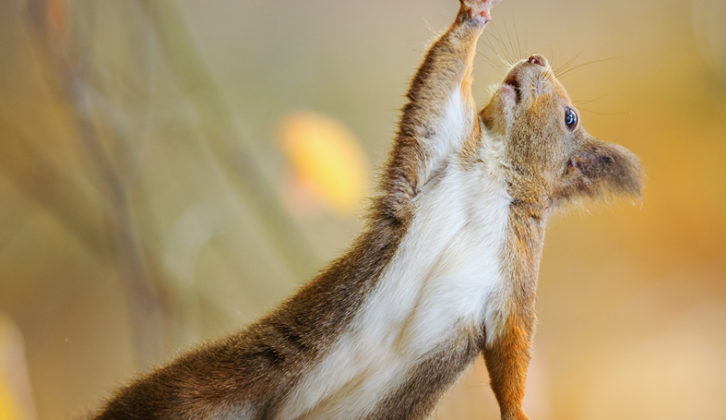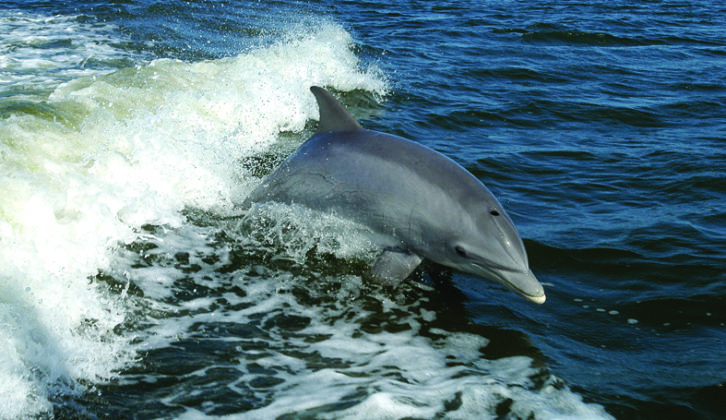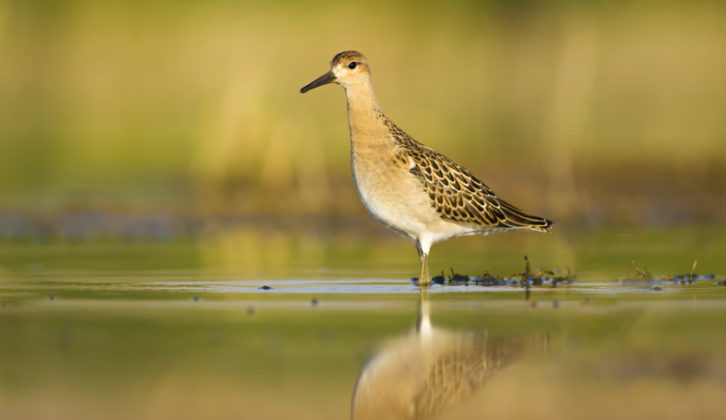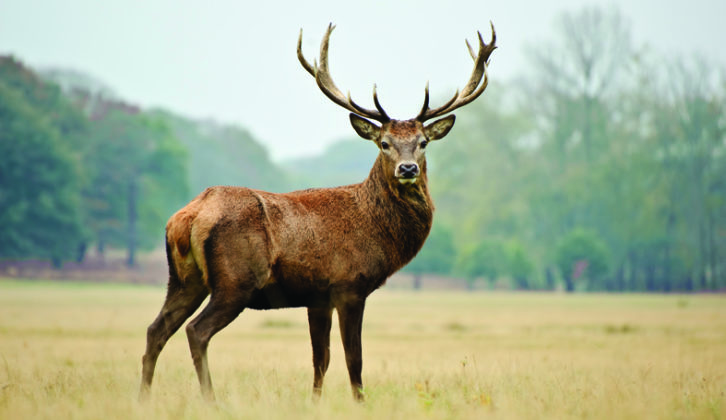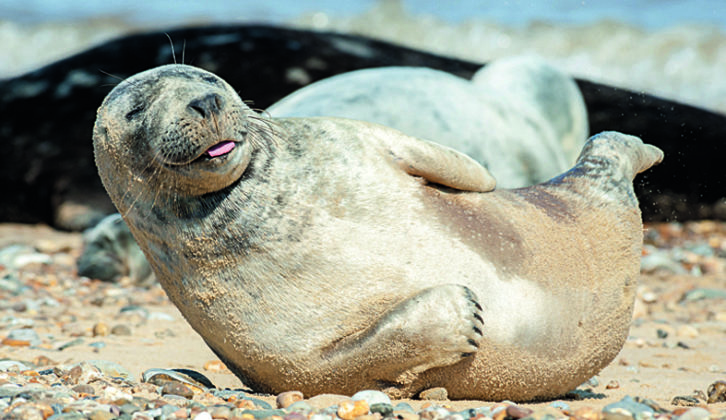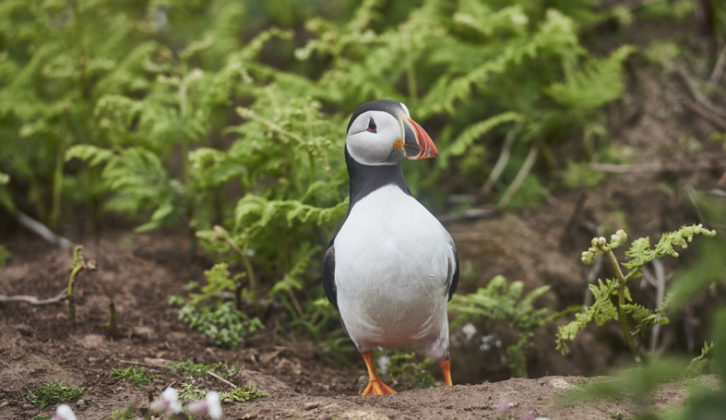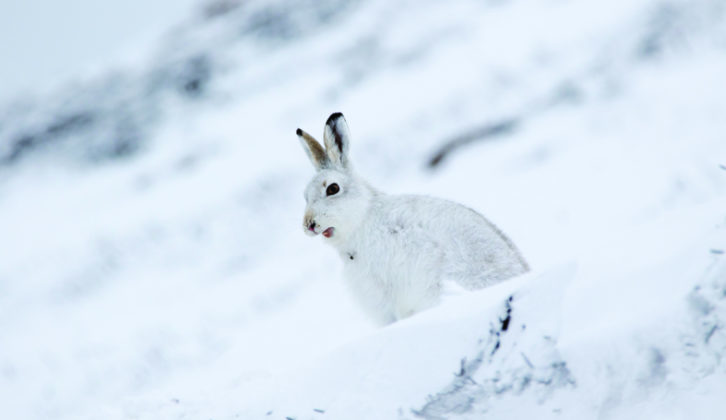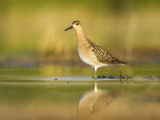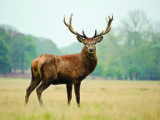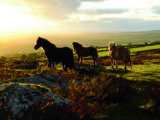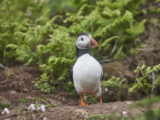1 Kielder Forest, Northumberland
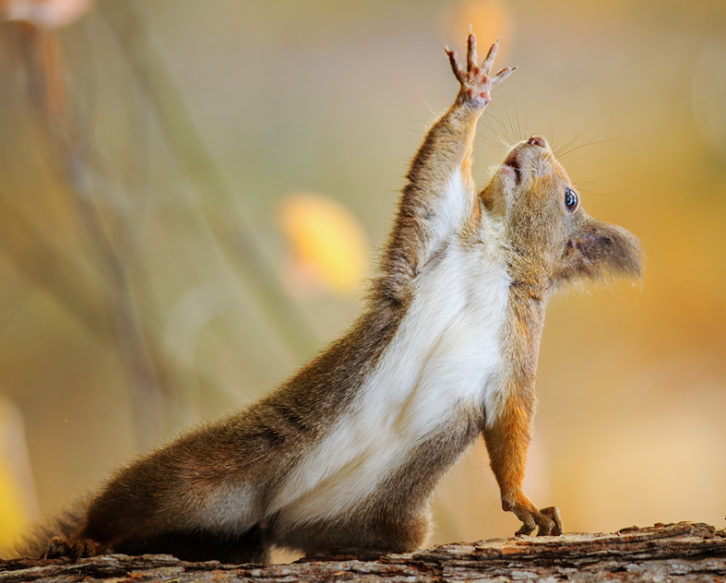
Covering some 250 square miles, Kielder Water & Forest Park is home to the largest working forest in England and northern Europe’s biggest constructed lake.
The park has three visitor centres, from which you can enjoy all sorts of activities, and visitors flock to the area to enjoy the famously dark skies and the rare ospreys – 2020 was the 12th successive year of ospreys breeding in Kielder Forest.
About 50% of England’s native red squirrel population lives here, looked after by a number of red squirrel rangers, who won around Kielder Forest. The rangers monitor populations and make sure the forest remains free from grey squirrels – the greys carry the squirrelpox virus, which is deadly to our native species.
Top spot Red squirrel
Where to stay Bellingham Camping & Caravanning Club Site
2 Moray Firth, Scotland
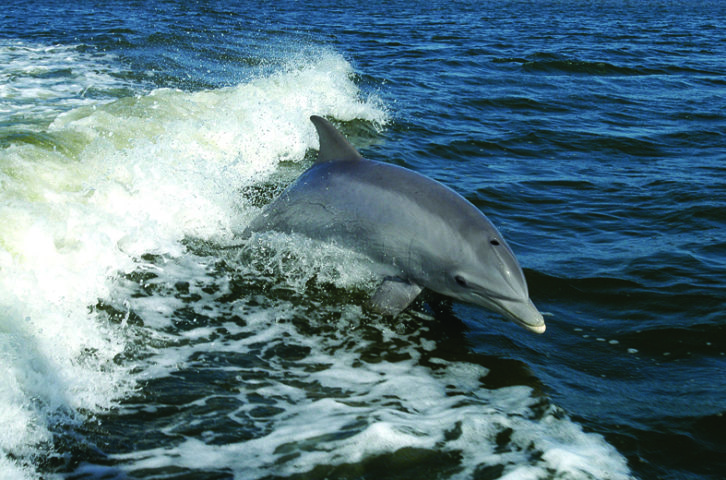
The waters of the Scottish North Sea hide a wealth of wildlife under their grey mantle. Nowhere more so than in the Moray Firth, an area rightly famed for its populations of bottlenose dolphins.
Chanonry Point, at Cromarty near the fine coastal city of Inverness, is said to prove the highest number of sightings of these truly wonderful creatures, but you’ll also see them at other places along the coastline, including Spey Bay, which is home to the WDC Scottish Dolphin Centre.
Perhaps the best chance of seeing bottlenose dolphins – and harbour porpoise – would be by taking a boat trip. You might also spot other species, such as the pilot whale and basking shark, although these are much more infrequent visitors.
The area is also home to seals, ospreys, and even the occasional otter.
- Top spot Bottlenose dolphins
- Where to stay Black Rock Caravan Park
3 Minsmere, Suffolk
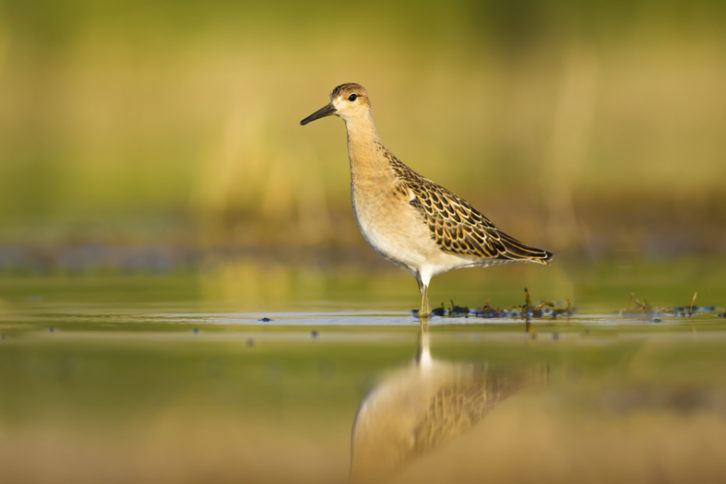
Nature abounds at this biodiverse site on the Suffolk coast, with insects, flowers, otter and red deer all on stage.
But unsurprisingly, it’s the birdlife that takes top billing – this is, after all, an RSPB Nature Reserve, with reedbeds, lowland wet grassland, shingle vegetation and heath.
Avocets, bearded tits and bitterns are among the species on display, and the range of habitats means you might see everything from wintering wildfowl and breeding waders to Dartford warblers, natterjack toads and silver-studded blue butterflies.
Visitors can take advantage of the signposted trails, guided walks, hides and viewing platforms, in addition to a Discover Centre where you can hire binoculars.
- Top spot Curlew sandpipers (in autumn)
- Where to stay Haw Wood Farm Caravans and Camping
4 The Trossachs, Scotland
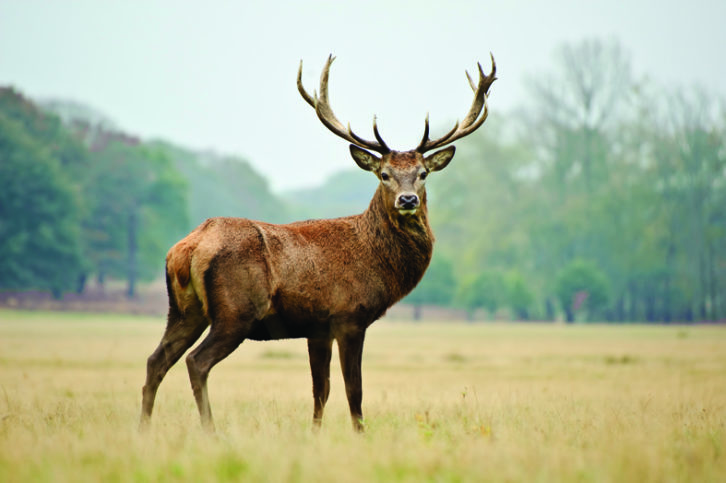
The red deer is one of the key species contributing to the biodiversity in Loch Lomond & The Trossachs National Park. Native roe and red deer roam throughout the park, along with fallow deer around Loch Lomond and a number of Sika deer.
But the mighty Monarch of the Glen – the red stag – is the most sought-after sight. In autumn, the bellowing stags take part in the rut, battling for dominance and access to the females. Glengyle, Glen Coe and Glen Finglas are where deer are likely to be seen. Be sure to bring a good pair of binoculars.
- Top spot A 15-point red stag
- Where to stay Keltie Bridge Caravan Park
5 Cardigan Bay, Wales
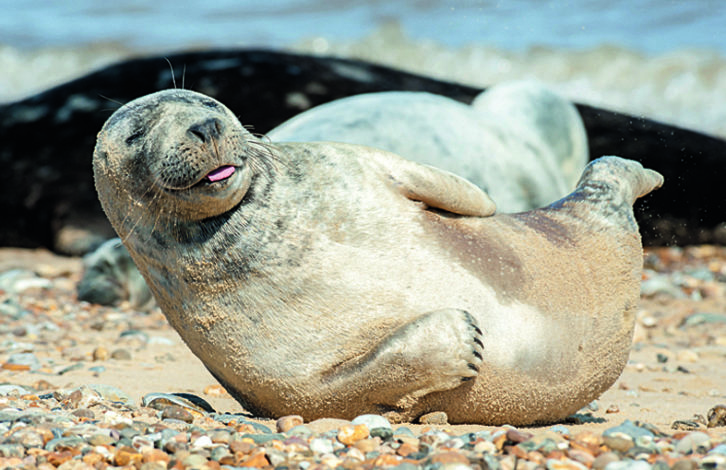
At 50 miles long, Cardigan Bay is the biggest bay in the British Isles and a magnet for marine life, including grey seals, harbour porpoise, and common and bottlenose dolphins.
Less frequent visitors include minke whales, Risso’s dolphins, sunfish, basking sharks, puffins and other seabirds.
Cardigan Bay Marine Wildlife Centre has a visitor centre, where you can learn more about the wildlife, and runs boat trips on the bay. The centre team work with Dolphin Survey Boat Trips to collect data on the bottlenose dolphins.
- Top spot Bottlenose dolphin
- Where to stay Blaenwaun Caravan Park
6 Exmoor, Southwest England
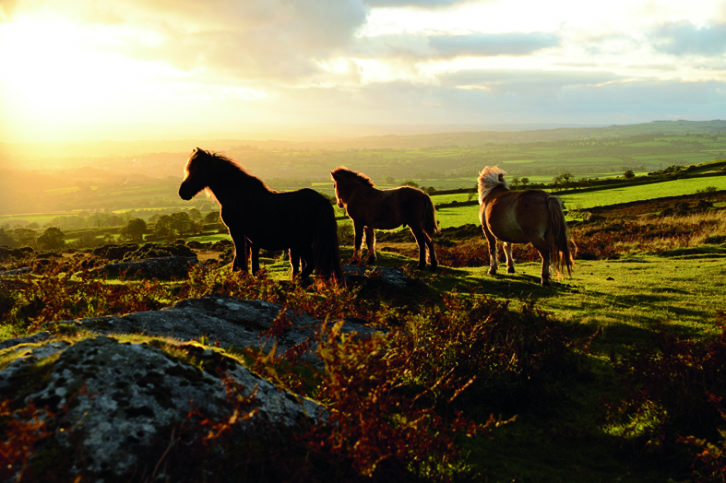
There’s said to be some sort of elusive beast patrolling the beautiful moorland stretching over Somerset and North Devon, but you are far more likely to see the national park‘s famous pointes and large population of red deer.
It’s also home to some of the UK’s rarest butterflies and bats, and has been deemed so important for wildlife that a third of the national park is protected under UK and European law. Red deer have thrived here since prehistoric times, and there are now about 3000 living on the moorland.
- Top spot Ponies
- Where to stay Halse Farm Caravanning and Camping
7 Morecambe Bay, Cumbria
Visitors to Morecambe Bay are in for a treat should they cross from Barrow-in-Furness to nearby Walney Island, where the nature reserve at South Walney is home to a grey seal colony. The visitor centre is currently closed, but there are several way marked trails on the reserve. Grey seals can be viewed playing in the water at high tide; you’ll also be able to see wildfowl and wader birds from the reserve’s hides.
The grey is the larger of the two UK seal species (the other being the common or harbour seal) and most often seen lazing on the beach. In the water they are more active, and scuba divers report playful seals nipping at their fins and diving masks.
- Top spot Grey seals
- Where to stay South End Caravan Park
8 Rathlin Island, Northern Ireland
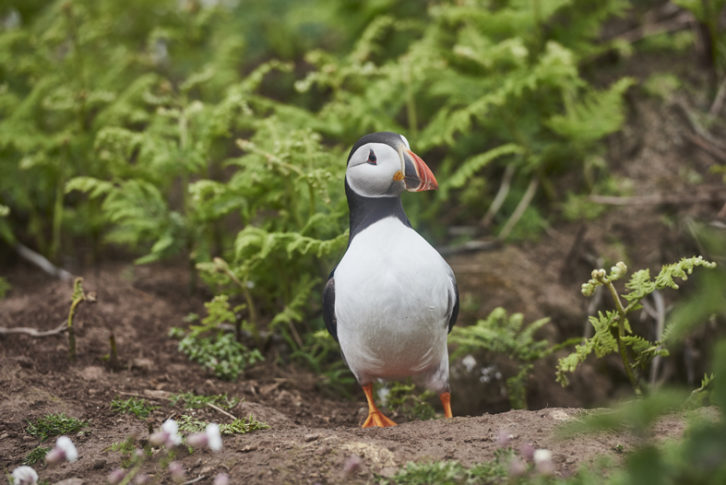
The only inhabited offshore isle in Northern Ireland, Rathlin is a wonderful place from which to view a variety of wildlife, including dolphins, whales, seals and basking sharks.
However, the area is best known for its seabird colonies. Nesting birds take advantage of the sheer cliffs to protect their eggs and you can view kittiwakes, guillemots and razorbills as they take their first flight. For many, the puffin is the big attraction and they can be seen here in numbers – thousands return every May for the breeding season.
- Top spot Puffins
- Where to stay Ballyness Caravan Park
9 Peak District, Derbyshire
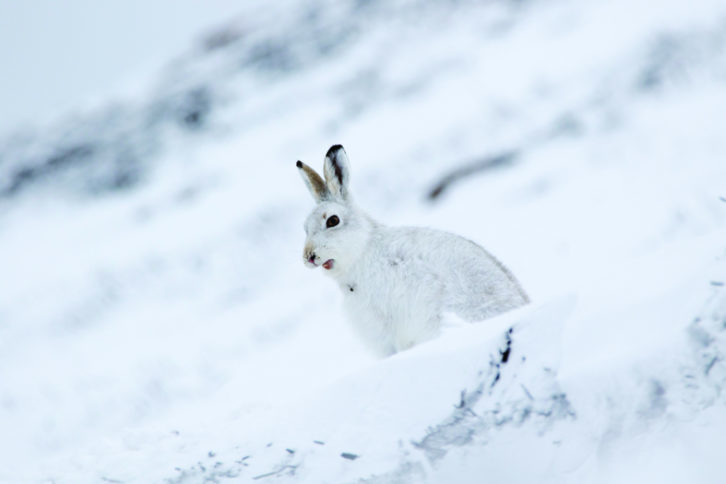
One of the few places in England where you can view mountain hares is the Peak District – but you’ll have to be up early to glimpse these nocturnal creatures, and you’ll need your walking boots, too. In winter, their coats change from brown to white, making them easier to spot in areas without snow.
They gravitate towards open moorland, such as Dark Peak Moors and Dove Stone, and in early spring, can be seen in groups, sometimes boxing with each other as they prepare for the mating season.
- Top spot Mountain hares
- Where to stay Hayfield Camping & Caravanning Club Site
10 Strumpshaw Fen, Norfolk
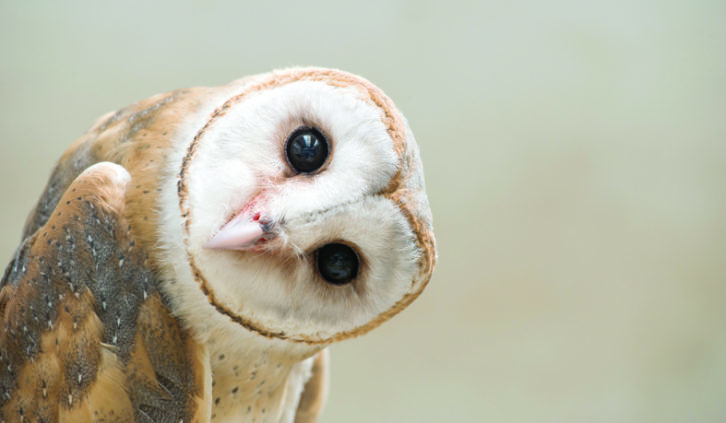
You have to be a night owl yourself (or a very early riser) to encounter barn owls – they tend to hunt at dawn and dusk. They are best seen at the RSPB reserves, such as Strumpshaw Fen. Don’t listen for the classic “tu-whit-tu-whoo” – barn owls screech.
- Top spot Barn owl
- Where to stay Willowcroft Camping & Caravan Park
If you liked this… READ THESE:
6 great reasons for a British staycation
If you’ve enjoyed reading this article, why not get the latest news, reviews and features delivered direct to your door or inbox every month. Take advantage of our brilliant Practical Motorhome magazine SUBSCRIBERS’ OFFER and SIGN UP TO OUR NEWSLETTER for regular weekly updates on all things motorhome related.
